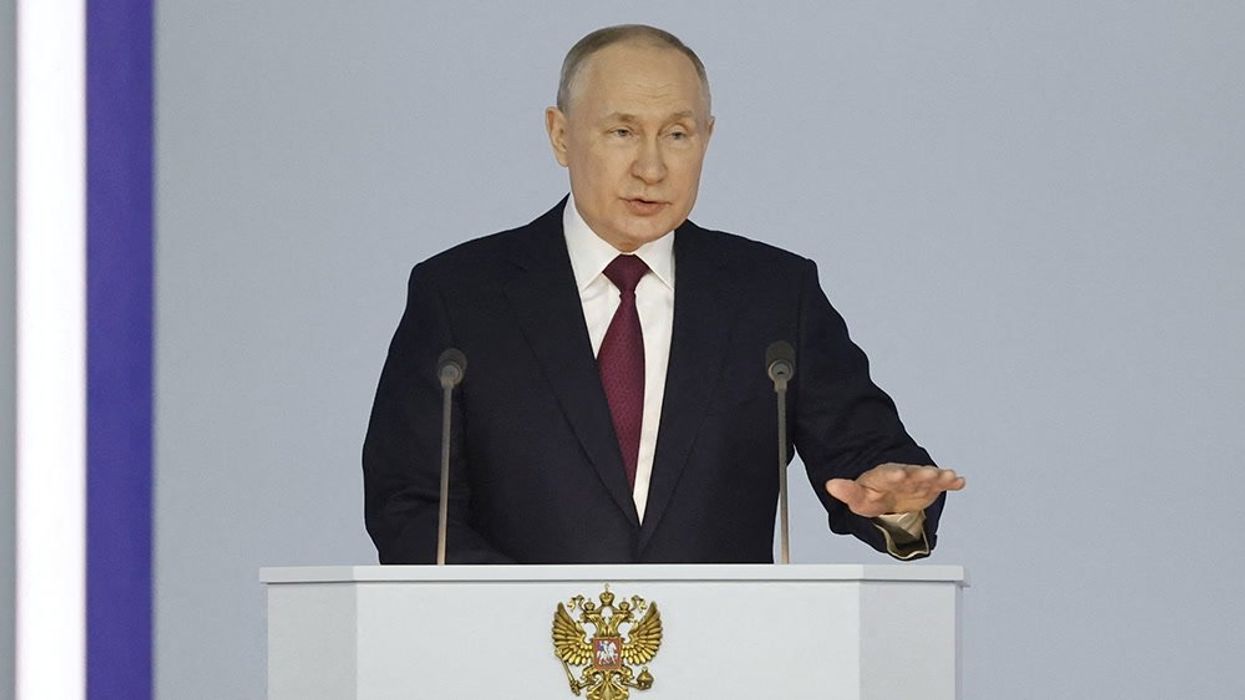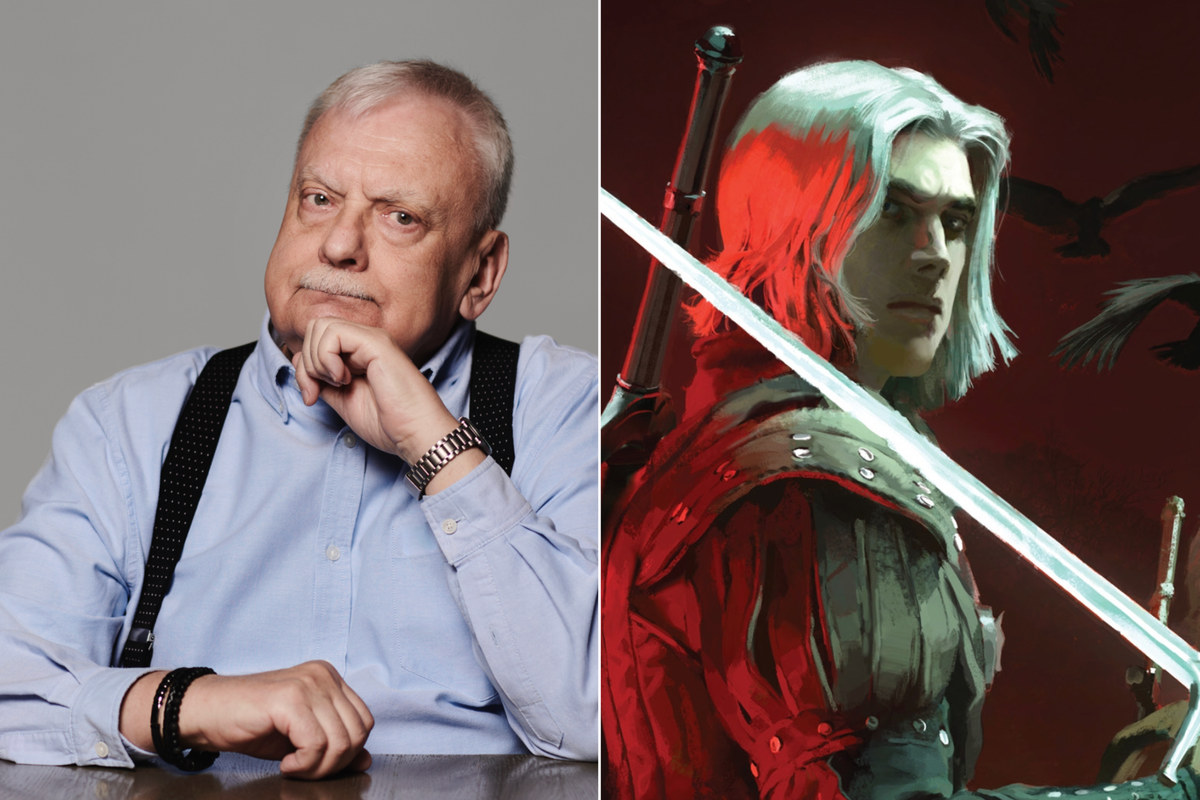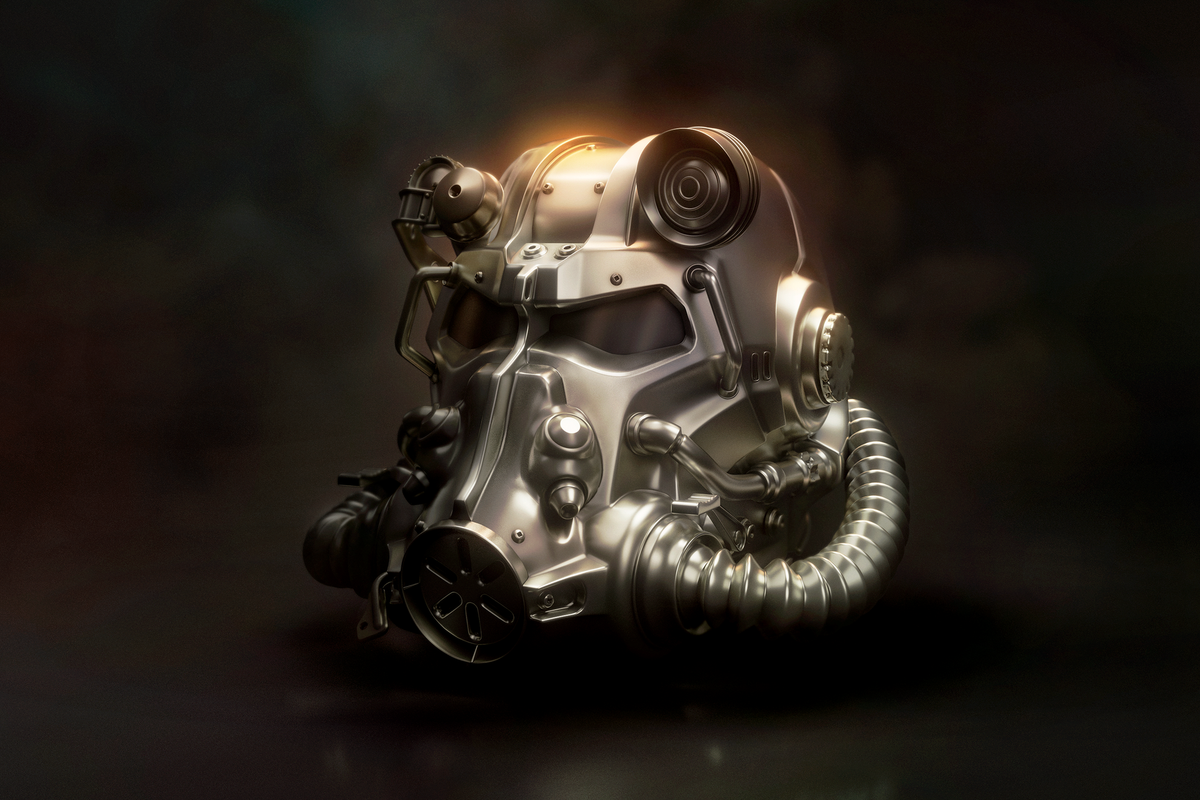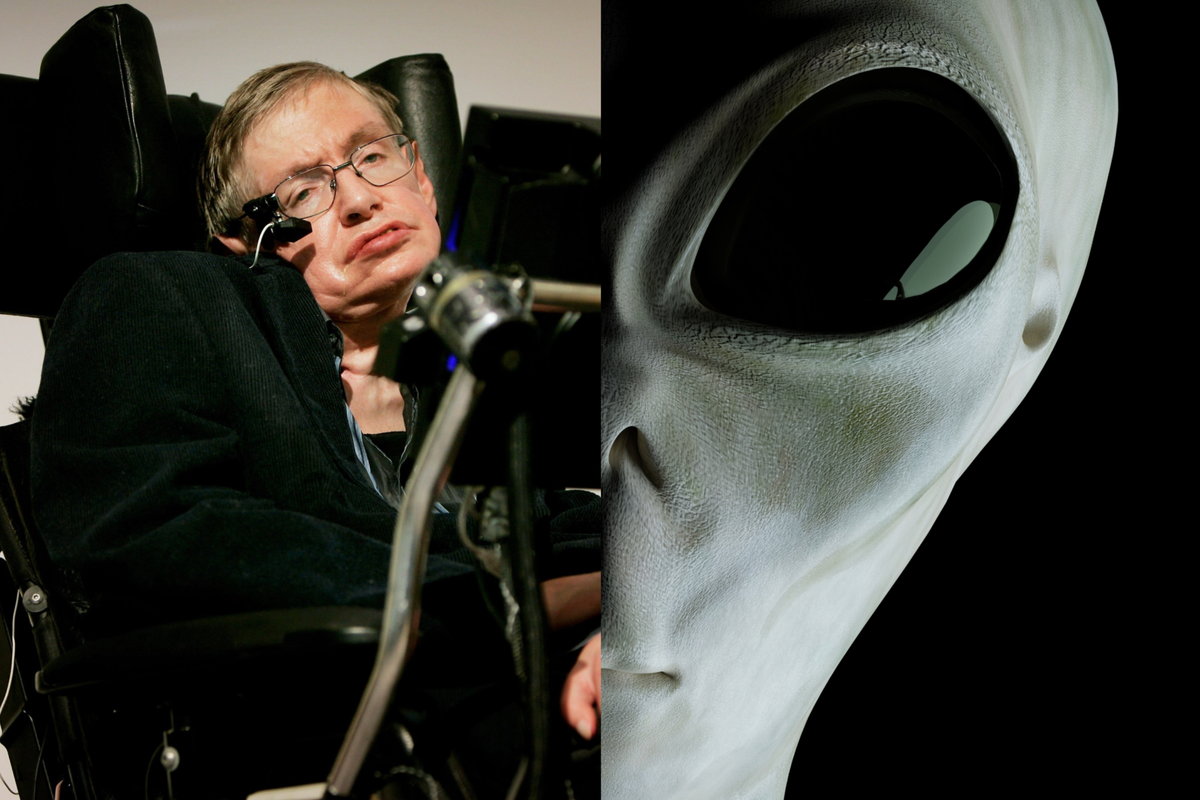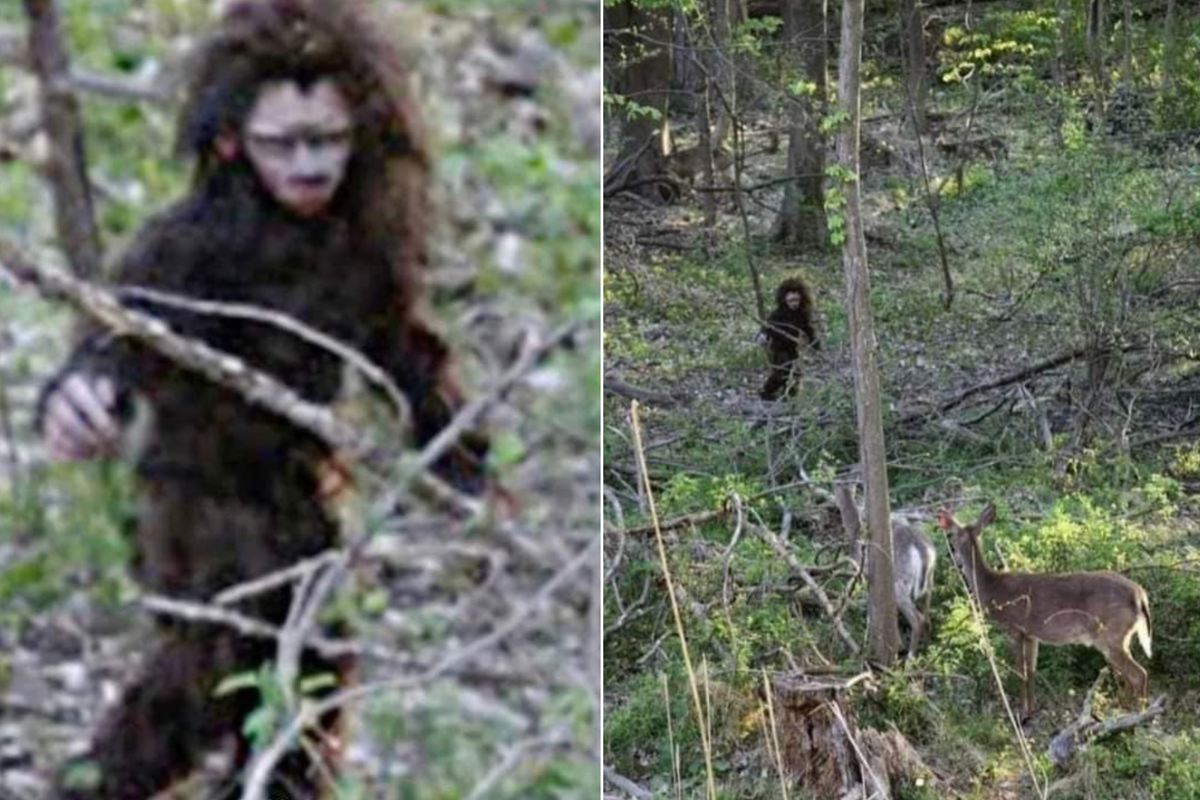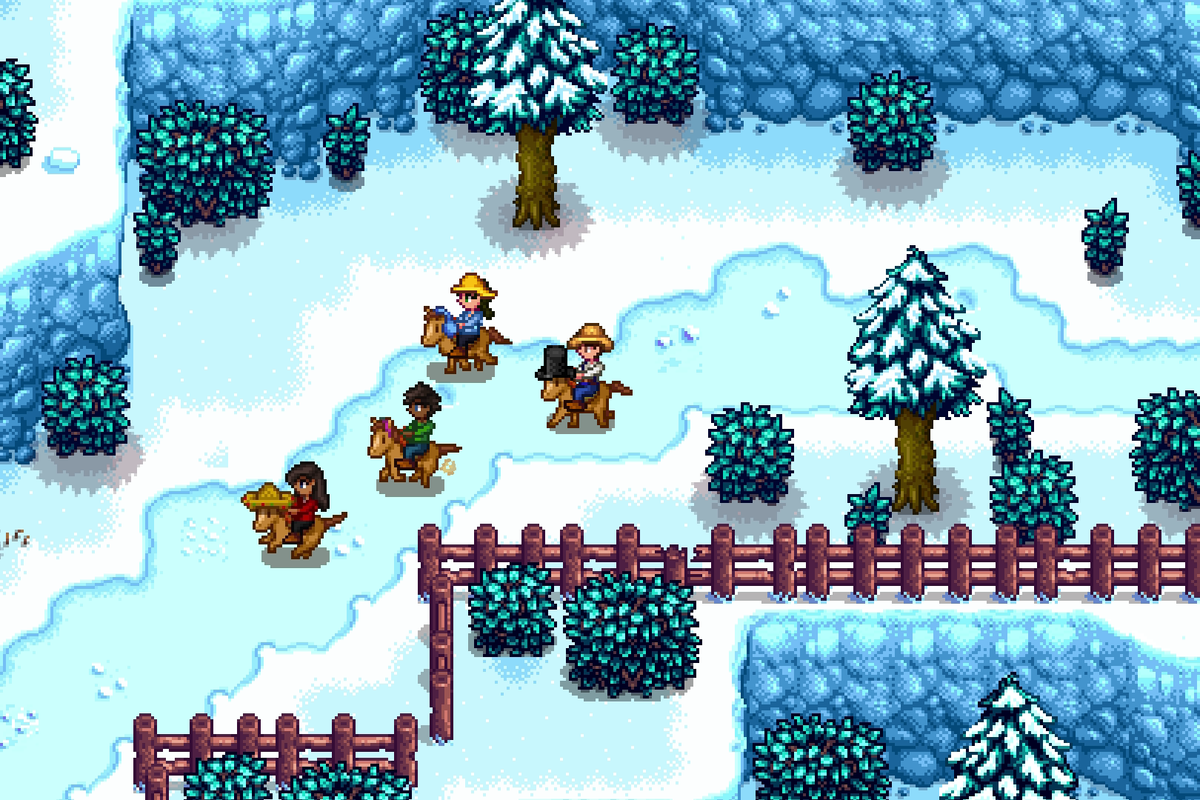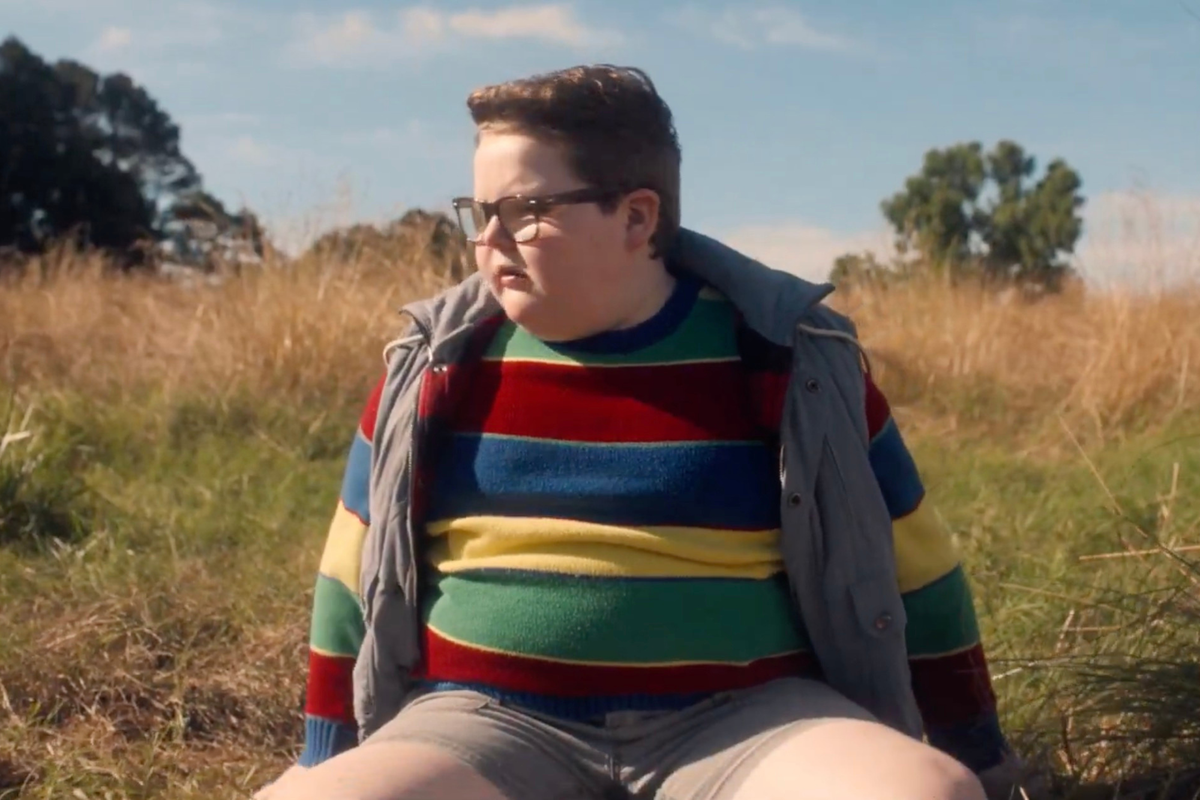It’s been 12 months since Vladimir Putin first launched his invasion of Ukraine. In that time, the course of history has changed inexorably.
Even despite the war in Crimea seven years previously, and Russian military activity along the Ukrainian border in the weeks leading up to it, the morning news reports of troops landing to the East of the country left many in a state of disbelief on February 24.
After all, it was just a few months previously when then Prime Minister of the UK, Boris Johnson, stated that “the old concepts of fighting big tank battles on European land mass are over”.
Putin, though, proved that nothing could be further from the truth.
Sign up for our free Indy100 weekly newsletter
While the Russian president intended to wrap up the invasion in a matter of weeks or even days, Russia met fierce resistance in Ukraine in the months that followed as well as a galvanised international response throwing support behindpPresident Volodymyr Zelensky.
Where are we now, and what is on the horizon?
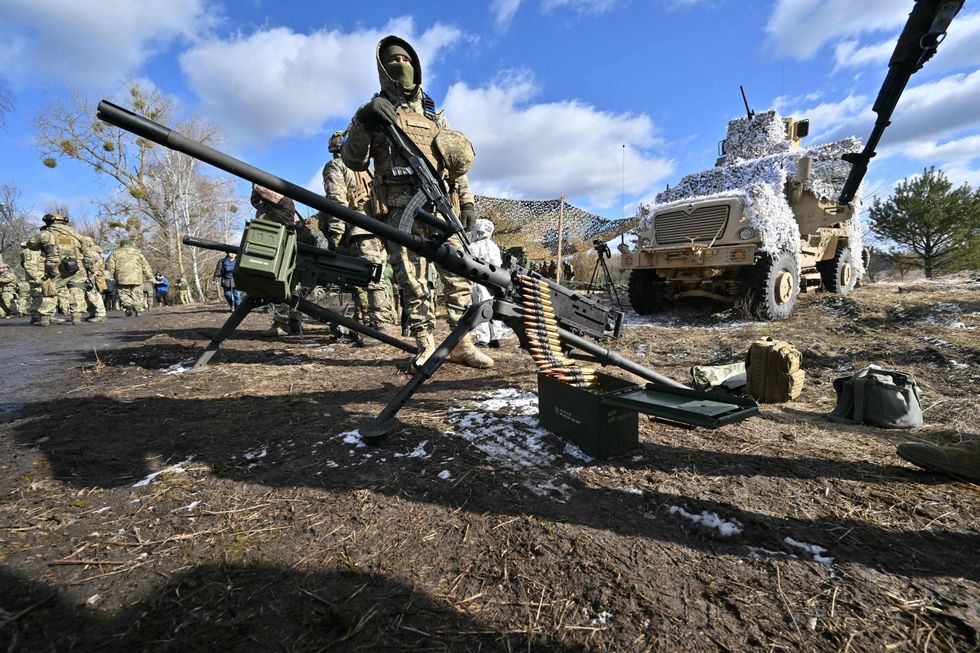
In short, the human suffering the war has already caused is staggering, and there is no sign of peace in sight.
According to UN human rights office (OHCHR) data, at least 8,000 non-combatants have been confirmed killed in Ukraine, with nearly 13,300 injured. Nearly 18 million people are in desperate need of humanitarian assistance, while nearly 14 million Ukrainians have been displaced from their homes.
The number of Russian troops killed and wounded in Ukraine is approaching 200,000, with the war entering a protracted phase, things are looking likely to continue for some time.
As things stand, the conflict hangs in the balance. Ukraine is set on liberating all occupied territory, with Moscow holding nearly a fifth of Ukrainian land, including Crimea, a large part of the industrial Donbas region in the east and broad areas in the south, including Europe’s largest nuclear power station.
A year into the conflict, Ukraine remains reliant on weapons from the West, but they continue to be backed. Zelensky has urged countries to send tanks. Those who have provided them include the US, which sent 31 Abrams tanks, and the UK, which sent 14 Challenger 2. The US has also sent Patriot missile systems, as well as air to missile systems and anti-tank weaponry among many other supplies.
Zelensky recently asked for fighter jets on his recent visit to the UK. However, defence secretary Ben Wallace has said it could be years before the UK gives any fighter jets to Ukraine. No other country has yet to agree to send fighter jets.
Is a Spring offensive being planned by Russia?
Ukraine has been asking for jets and other weaponry while also claiming that Russia is planning a renewed offensive effort in 2023, which they claim would mirror the attack seen in the early days of the war last year. The UK’s Ministry of Defence, however, has largely disrupted claims that Russia was amassing aircraft.
The Nato secretary general, Jens Stoltenberg, is one person who has furthered claims that a “new offensive” is being planned by Russia, but others claim that clear cut evidence of a Russian offensive like the initial one last year isn’t immediately apparent.
Russia has, however, upped the numbers of infantry fighting in Ukraine, with some estimates placing the number at more than 300,000. According to Phillips O’Brien of St Andrews University, those Russian troops are in a worse position than they were last year.
“What has happened since February 24 is that Ukraine has got stronger and has acquired better systems and is about to get more,” O’Brien said (via The Guardian). “The Russians have been getting weaker. They have more soldiers but their equipment is worse, their soldiers are less well-trained than they were, and their ammunition supplies are getting lower.”
Have your say in our news democracy. Click the upvote icon at the top of the page to help raise this article through the indy100 rankings.